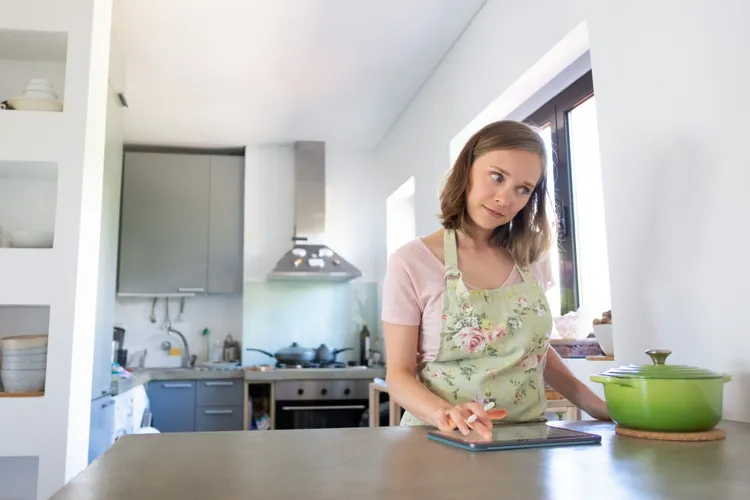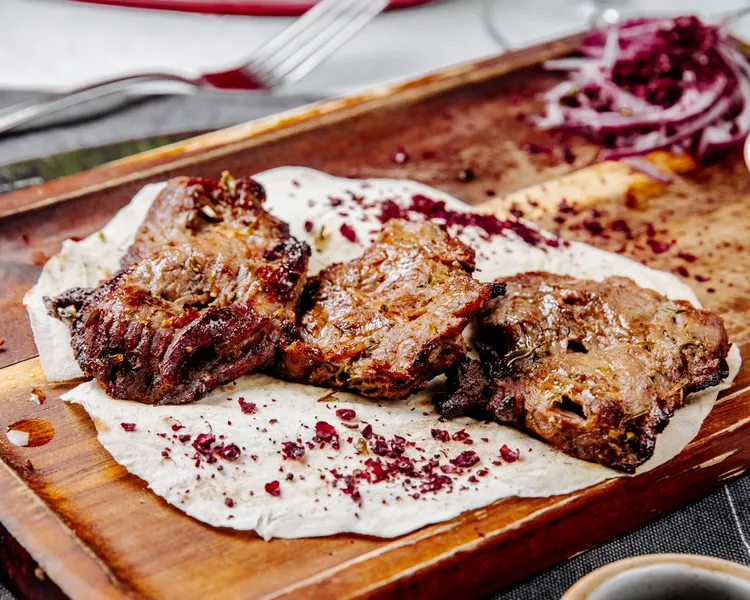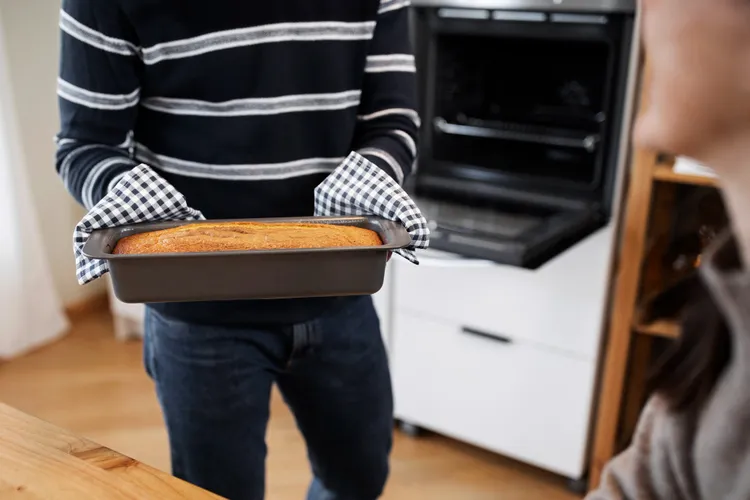The Most Powerful Thing You Can Do for Your Health? Cook at Home!
When it comes to improving your health, the advice out there can feel overwhelming. Keto or vegan? Intermittent fasting or six small meals a day? Supplements, superfoods, cold plunges, 10-step morning routines - there's no shortage of trends and tactics. But if we were to strip back all the noise and focus on just one sustainable, powerful, and transformative action that can benefit your health across the board, it would be this: Cook more meals at home.

Why Cooking at Home Is a Health Superpower
1. You Control What Goes Into Your Body
One of the biggest reasons home cooking is a game-changer: ingredient transparency. When you cook at home, you know exactly what's in your meal - no mystery oils, added sugars, or preservatives hiding behind complicated names.
Compare this to the average restaurant meal, which tends to be:
Higher in sodium, sugar, and unhealthy fats
Larger in portion size
Prepared with shelf-stable or ultra-processed ingredients
Made with cheap cooking oils (e.g., canola or soybean oil)
Cooking at home lets you swap in whole foods, choose your oils (olive, avocado, ghee), reduce unnecessary additives, and scale down to healthy portions.
2. Portion Control Happens Naturally
Most restaurant meals are designed to look indulgent - more bang for your buck. That often means oversized portions that trick your satiety cues. When you eat at home, portion control becomes intuitive. You’re less likely to overeat, and leftovers become a smart bonus instead of a food coma.
3. You’re Less Likely to Rely on Processed Foods
Ultra-processed foods are everywhere. They’re fast, convenient, and engineered to be addictive. But studies consistently link them to higher risks of obesity, heart disease, type 2 diabetes, and depression.
Home cooking shifts your diet naturally toward minimally processed or whole foods. Even a basic meal of sautéed veggies, rice, and grilled chicken or tofu is infinitely healthier than most convenience foods.
4. Home-Cooked Meals Are More Nutrient-Dense
Research backs this up: People who cook at home more often tend to eat more vegetables, fiber, lean protein, and vitamins and fewer calories overall.
A 2014 study published in Public Health Nutrition found that people who frequently cooked dinner at home (six or more times per week) consumed significantly fewer calories, sugar, and carbohydrates than those who cooked less frequently.
5. It Improves Gut Health
Cooking from scratch often means including more whole grains, legumes, fermented foods, herbs, and vegetables - all gut-friendly ingredients. These fuel your microbiome and reduce inflammation. Compare that to the typical takeout, which is often devoid of fiber and packed with gut-irritating ingredients.
Mental and Emotional Benefits of Cooking at Home
1. Cooking Is a Form of Self-Care
There’s something meditative and grounding about chopping, stirring, and plating a dish you made with your own hands. In a world obsessed with speed and efficiency, slowing down to cook can be a deeply nourishing act.
2. It Builds Confidence and Resilience
Each time you cook - even if it’s just scrambled eggs or a one-pot pasta - you’re reinforcing a belief in your ability to take care of yourself. That kind of confidence spills into other areas of your life: finances, fitness, even relationships.
3. Cooking Creates Connection
Whether you’re cooking for your partner, family, friends, or just yourself, home-cooked meals are a powerful way to connect. They create space for conversation, laughter, and shared memory-making that doesn’t happen over takeout containers.
Common Obstacles (and How to Overcome Them)
Let’s be real: If cooking were always easy, we’d all do it. But modern life throws up plenty of barriers. Here's how to tackle the most common ones:
“I Don’t Have Time”
You don’t need to make elaborate meals every day. Start with:
30-minute recipes
Batch cooking on Sundays
Double-cooking: Make extra portions for future meals
Use tools like slow cookers or Instant Pots to do the heavy lifting
“I Don’t Know How to Cook”
Everyone starts somewhere. Begin with just 3-5 recipes that you repeat and tweak. Try:
Simple stir-fry with rice or noodles
Baked salmon with roasted vegetables
Omelet or frittata with veggies and cheese
Soup or stew (great for leftovers and freezing)
Practice, make mistakes, and have fun with it.
“It’s Too Expensive”
Cooking at home is far cheaper in the long run. You pay more up front for groceries but save massively on per-meal cost. Plus:
Buy in bulk
Use frozen vegetables and canned beans
Cook plant-based meals a few times a week
Repurpose leftovers: Roast chicken becomes salad, tacos, or soup
The Ripple Effect of Home Cooking
What’s incredible is how home cooking benefits more than just you:
Kids raised on home-cooked meals tend to develop better eating habits and fewer weight issues.
Relationships strengthen through shared meals and collaborative cooking.
Local economies thrive when you shop at farmer’s markets or local grocers.
The environment benefits when you reduce reliance on takeout packaging and processed food production.
This one habit has a ripple effect across your entire ecosystem of life.
Getting Started: Your Simple Game Plan
Step 1: Choose 2–3 Days per Week to Cook
Start small. Pick manageable nights to cook a simple meal. Build from there.
Step 2: Create a Weekly Meal Plan
Planning reduces stress and decision fatigue. List out 3-5 meals, shop once, and stick to it.
Step 3: Master a Few Go-To Recipes
Find your signature dish. Maybe it’s a stir-fry, curry, chili, or baked sheet pan dinner. Build your skill set gradually.
Step 4: Make Cooking Enjoyable
Put on a podcast, music, or audiobook. Invite a friend. Light a candle. Make it your time to unwind.
In a world obsessed with quick fixes and gimmicks, cooking at home remains a timeless, evidence-backed, and soul-nourishing habit that can radically transform your health. It’s not about perfection or gourmet meals - it’s about showing up, one meal at a time, and reclaiming your health from the inside out.
So the next time you're thinking about how to improve your wellness, don’t look to the latest supplement or hack. Look to your own kitchen.
Because the best thing you can do for your health... is to cook at home.









